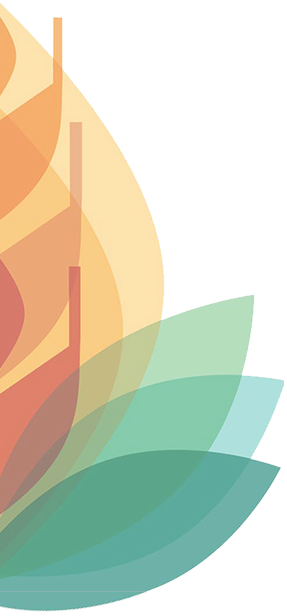

Drone pilot training to boost digital agriculture skills
July 2, 2024
The Crawford Fund ACT Committee recently supported Sibjan Chaulagain’s participation in a Remote Pilot Drone Training course in Canberra. Following the five-day training course, Sibjan can now operate drones safely and legally, receiving his Remote Pilot License from the Civil Aviation Safety Authority (CASA) to operate a drone up weighing up to 25 kilograms.

“My interest in drone training is threefold, my background in digital agriculture, my current Master of Agriculture Innovation study, and the future potential of drone use,” said Sibjan, a Master of Science in Agriculture Innovation student at The Australian National University.
“Before coming to ANU, I was engaged in building up a digital agriculture platform that provided crop, weather, and market advisory through SMS and mobile applications. I wanted to explore more opportunities in the digital agriculture sector, like drones,” said Sibjan.
“The knowledge and skills gained through the training have increased my understanding of drone use and its potential in agriculture. I now see that drones have the capability to revolutionise the agriculture sector with their use in research, monitoring, and agricultural applications like spraying and seeding,” he said.
Today, drones are used in many sectors like disaster reduction, entertainment, infrastructure, energy and utilities, agriculture, and insurance. Drone technology can replace satellite images due to its capability to capture high-resolution images from the desired height and frequency, analyse data instantly and be unaffected by weather and light conditions to operate.
Drones are extensively used in the agriculture industry around the world, with a value of $32.4 billion for yield prediction, pesticides and fertiliser spot spraying, analysis of soils and drainage and crop health monitoring for example. Drones can help overcome risks during agriculture production to ensure high yield and support to offer scientific assessment for losses caused by uncertain events such as floods, drought and hailstorms.
One of the primary uses of drones is in monitoring crop health. High spectral cameras and sensors mounted on the field mapping drones capture crop images and build vegetation indices, which are then used to identify diseases, nutrient deficiencies, and water stress. This lets farmers identify crop health earlier and take necessary steps to prevent loss. Similarly, the second helpful application during agriculture production is its use in spraying pesticides and insecticides. Conventional spraying of pesticides and insecticides requires more labor, and due to non-uniform spraying, it requires more chemicals and hence the cost of production. Drones today can carry as much as 40 liters of pesticides and spray as per the requirement of crops reducing the need for farmer exposure to the chemicals.
Internationally, there is growing demand for drones in the agriculture for development sector explained Sibjan. For example, in India drone use is growing and drones are now compulsory under the agriculture insurance scheme of India called Pradhan Mantri Fasal Bima Yojana (PMSBY) due to their high efficiency. In 2023, the Indian government introduced the innovative Namo Drone Didi (Drone Sisters) scheme, which selects women from different women group clusters and provides drone pilot training as well as drones free. In 2023-24, drone pilot training and drones were provided to 114 women. From 2023-24 to 2025-26, a total of 15,000 drones are planned to be made available, out of which 500 drones have already been provided free of cost by fertiliser companies. Drone Didi will earn money monitoring crops and spraying fertilisers.
This technology could be beneficial in countries like Nepal, where there are fewer agriculture extension officers, a lack of labor, and geographical hindrances he added. Drones can address the knowledge gap in insurance companies to assess loss due to uncertain events and natural hazards. In Nepal, drones could be particularly effective, where there is minimal uptake of agriculture insurance due to a lack of access to proper tools for loss assessment even though government offers 75% subsidies on insurance premiums. Drones have faster and more accurate inspection capability than planes or satellites, and in-built high analytical skills can estimate the crop yield at any stage. So, they can assess losses faster and facilitate quicker claim settlements.
While this training gave him skills in operating general drones, Sibjan looks forward to experiencing agriculture drones like the DJI T40, which have specific agriculture-related features.
This training was possible due to the funding from the Crawford Fund ACT Committee and the Australia Awards.




 0
0